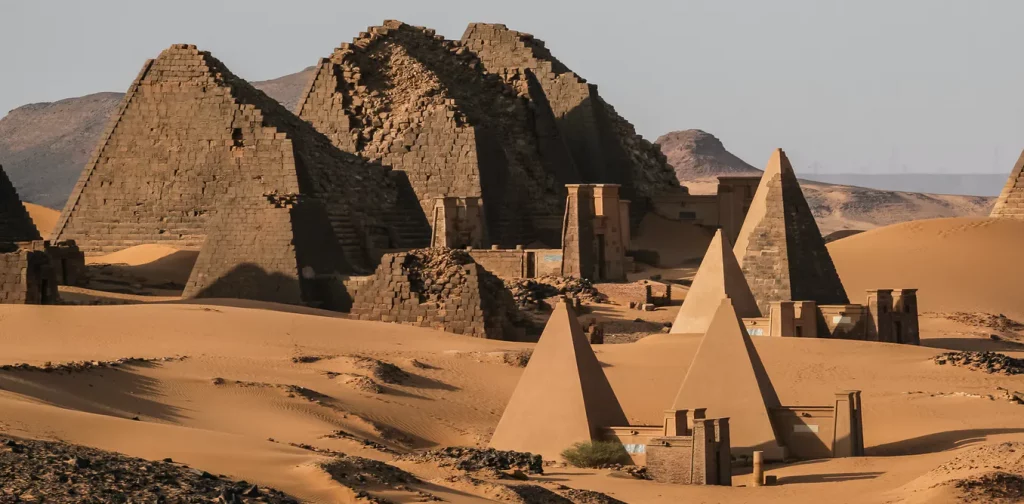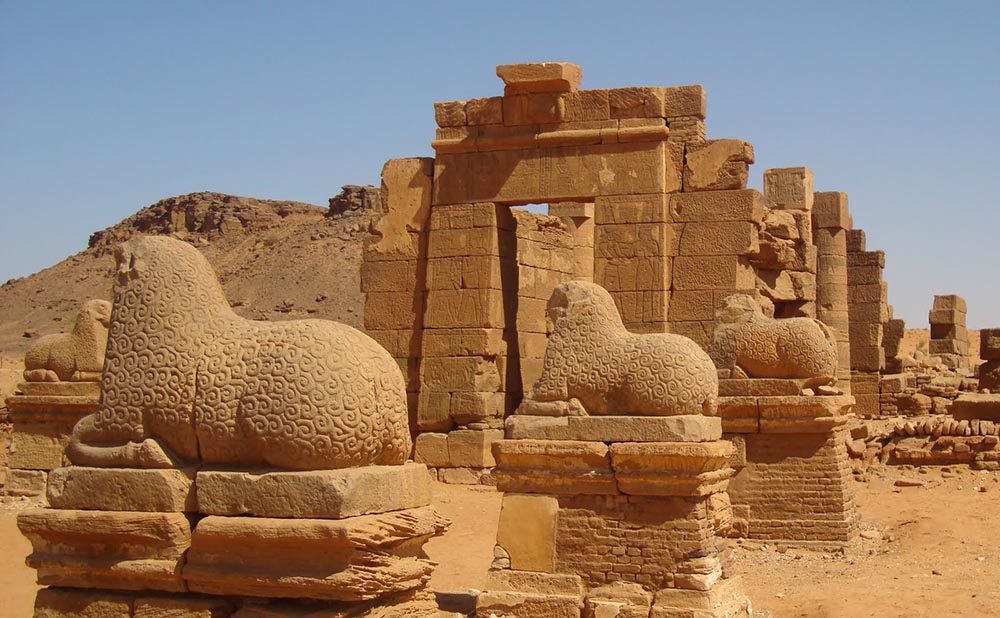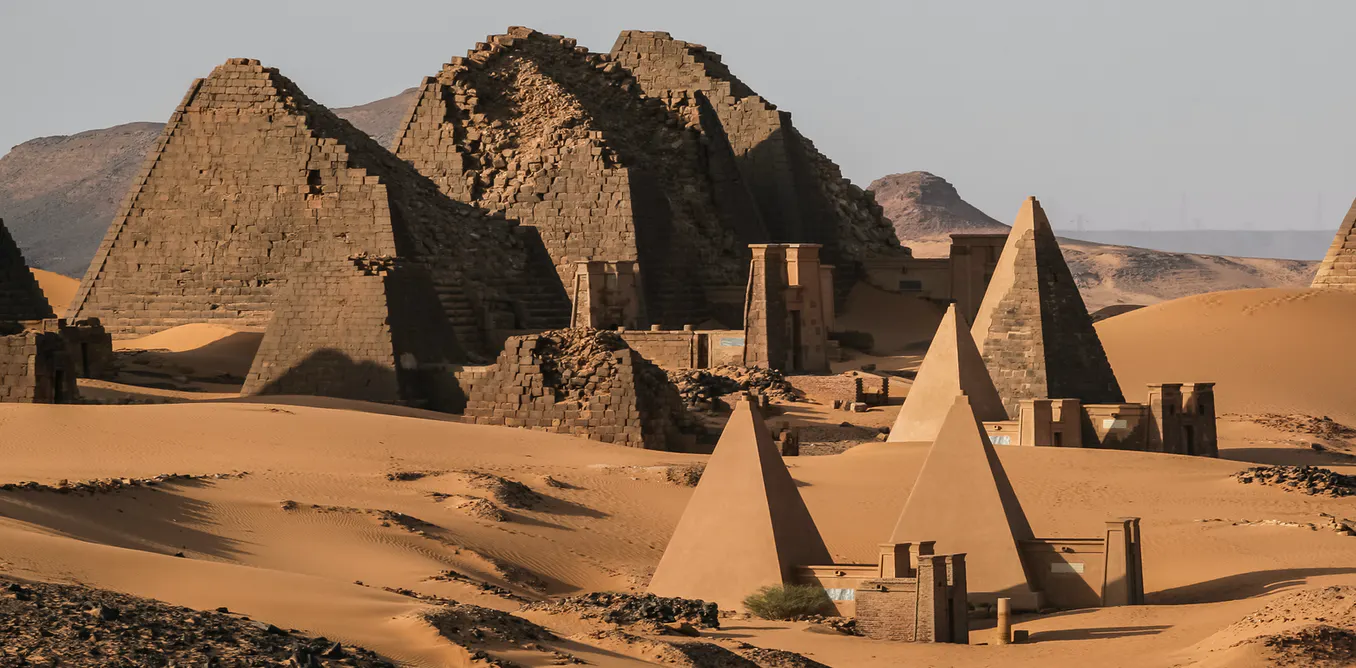Pyramids – Sudan’s “hidden treasure”
The impressive display of small and steep pyramids towering over the desert sands of northern Sudan resembles the pyramids of its neighbor Egypt. But unlike the famous Pyramids of Giza, the Pyramids of Sudan are almost deserted in the middle of the desolate desert. The Sudanese Pyramids, also called the Nubian pyramids, are located in Bagrawiyah, 200 km north of Khartoum, the capital of Sudan, in the Meroe region. Unlike the Egyptian Pyramids, although it is on the UNESCO World Heritage list, it is almost forgotten in the middle of the desert. The ongoing internal conflicts in the country due to the sanctions imposed against the government of Sudan’s long-standing President Omar Al-Bashir, prevent foreign aid and investments to be provided for the pyramids and prevent the development of tourism in the region.

Described as Meroe Island because it was surrounded by a long-dried river, the area was once a capital city inhabited by the rulers of the Kush Kingdom known as the Black Pharaohs. B.C. The length of the pyramids, which were built between 720-300 BC, varies between 6 and 30 meters, while the entrances are generally built to face east to meet the sunrise. According to UNESCO, Egyptian, Greek and Roman cultural elements used in the decoration of the pyramids transform the pyramids into priceless artifacts. However, according to the testimony of Abdel-Rahman Omar, Head of the Khartoum National Museum, in the 19th century, some archaeologists removed the gold ends of the pyramids and reduced the number of some stone blocks. So that, The Nubians took inspiration from their Egyptians neighbours as well as the ancient Greeks and Romans in order to create their own distinctive structures. Given their age and isolated location, it’s a wonder that these structures have survived so intact. However, sharp-eyed visitors to the pyramids in Sudan might note that several of the monuments are missing their top points, which is due to Giuseppe Ferlini, an Italian explorer who blew up several of the pyramids in his search for treasure in the 1880s. Ferlini plundered the tombs of the likes of Amanishkheto, a Nubian warrior queen, in order to sell the spoils to European museums.

Due to the economic sanctions caused by the civil war in the country and the conflicts in Darfur, Sudanese tourism is in a slump. Unfortunately, the Al-Bashir government, which took over after a bloody Islamist movement in 1989, had great difficulties in showing sufficient attention to these priceless historical artifacts. Although Qatar has provided $135 million in financial support for the restoration of these historical monuments of Sudan, Omar, Head of the National Museum, states that Sudan is visited by only 15,000 tourists a year. The Sudanese Pyramids await visitors who will discover themselves like a lost city in the middle of the desert.






